Following the debut of the latest RED and RED XPLR groupsets, we knew the workhorse SRAM groups would soon get an update. What we didn’t expect was how close and near-exact the update would be. The new SRAM Force AXS and AXS XPLR bring much of the same innovation (almost identical performance) to a more attainable level. Not only that, but there is also a Rival version launching at the same time.

The revised group refines braking and lever feel while delivering gravel-tuned shifting precision. SRAM Force brakes have never felt this good, and SRAM has drawn from both its mountain and road catalogs to create a blend of robustness and race-readiness tailored to modern gravel demands.

Let’s Rewind & Refresh – Why 13 Speeds?
13-speed cassettes don’t offer the head-turning “what?!” response they did last year. Campagnolo now offers a 2×13 drivetrain, and TRP has 1×15 options! It’s still a very new and novel idea to a group of riders that will think a 10-speed cassette was plenty (I ride with some who think 8-speed was the sweet spot). But let’s shelve that debate and move on to the easy Q&A.
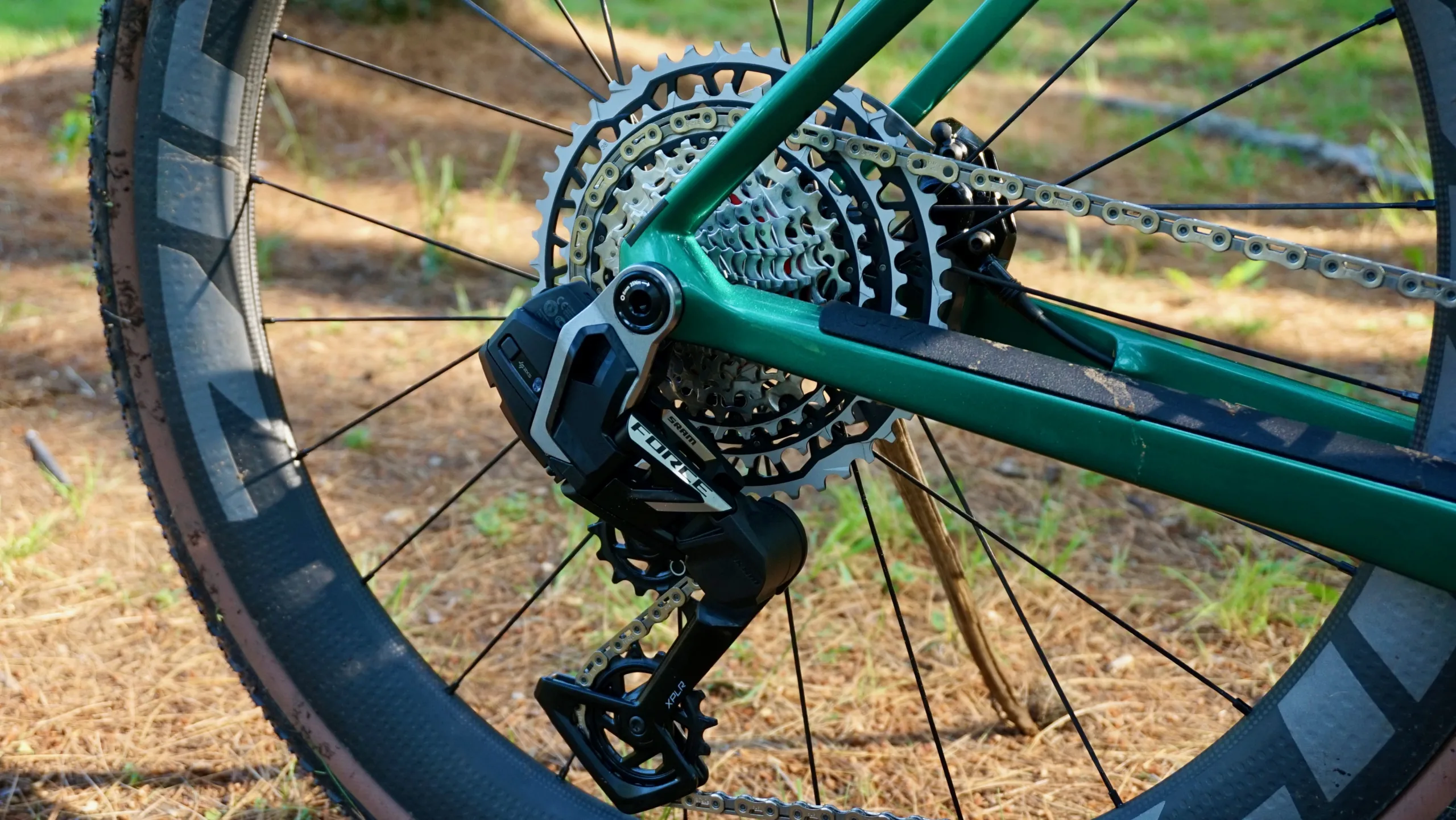
Does a 13-speed cassette mean a new wheel or cassette standard? No, the SRAM Force AXS XPLR (identical to the RED XPLR) maintains compatibility with existing 12-speed XDR driver bodies and the same Flattop chain. There are no new standards. No extra headache.
How does it work? SRAM reshaped the cassette architecture to angle over the spokes, allowing for an extra cog without altering the freehub requirements.
New chain? Not really. Force AXS XPLR uses the same yet updated Flattop 12-speed chain.
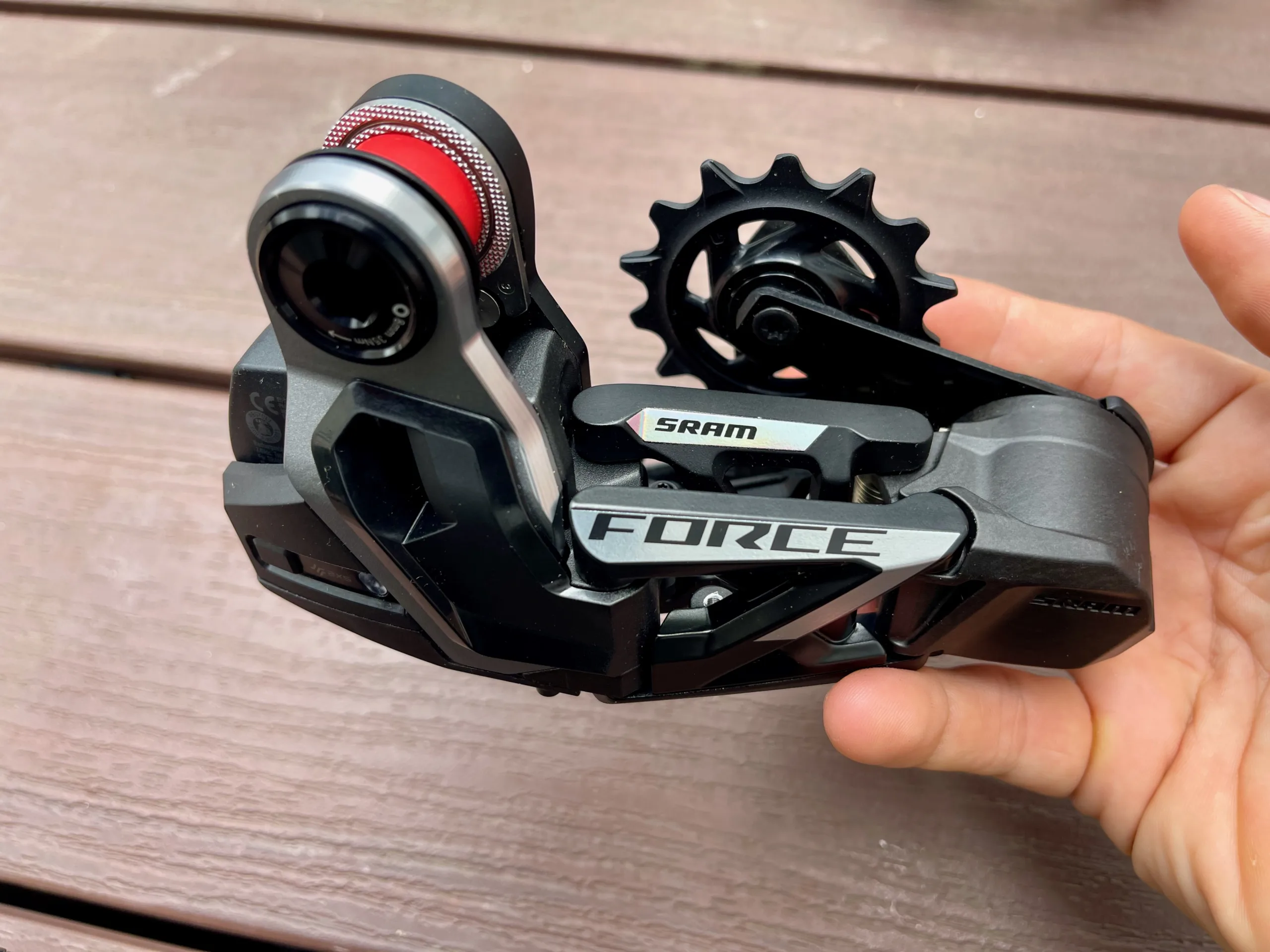
Force AXS XPLR Derailleur
If you’ve wrenched (or kicked) a SRAM Transmission derailleur, Force AXS XPLR will feel familiar. It borrows the same Full Mount, hangerless, zero-limit screw design, AXS battery, and that magic pulley wheel.


What’s different from the RED XPLR rear derailleur? Some bits swap out carbon for alloy, though it’s hard to tell the difference. The weight differential remains relatively tight in the grand scheme of things, weighing only 41g more.
- Weight: RED XPLR Rear: 399g (with the battery weight included)
- Weight: Force XPLR Rear: 440g
What makes them different from an SRAM transmission derailleur? The XPLR derailleurs are tailored for drop bars—lighter, shorter cages, and tuned for 13-speed gravel action.
Does it install the same as a Transmission derailleur? If you’re familiar with the Transmission line, you’ll be right at home working with the XLPR kit. Installation is straightforward, sizing is foolproof (thanks to SRAM’s online calculator), but compatibility remains tight: it only works with the new 10-46T XPLR 13-speed cassette and Flattop road chains, ie, no getting spicy with other components or groupsets.
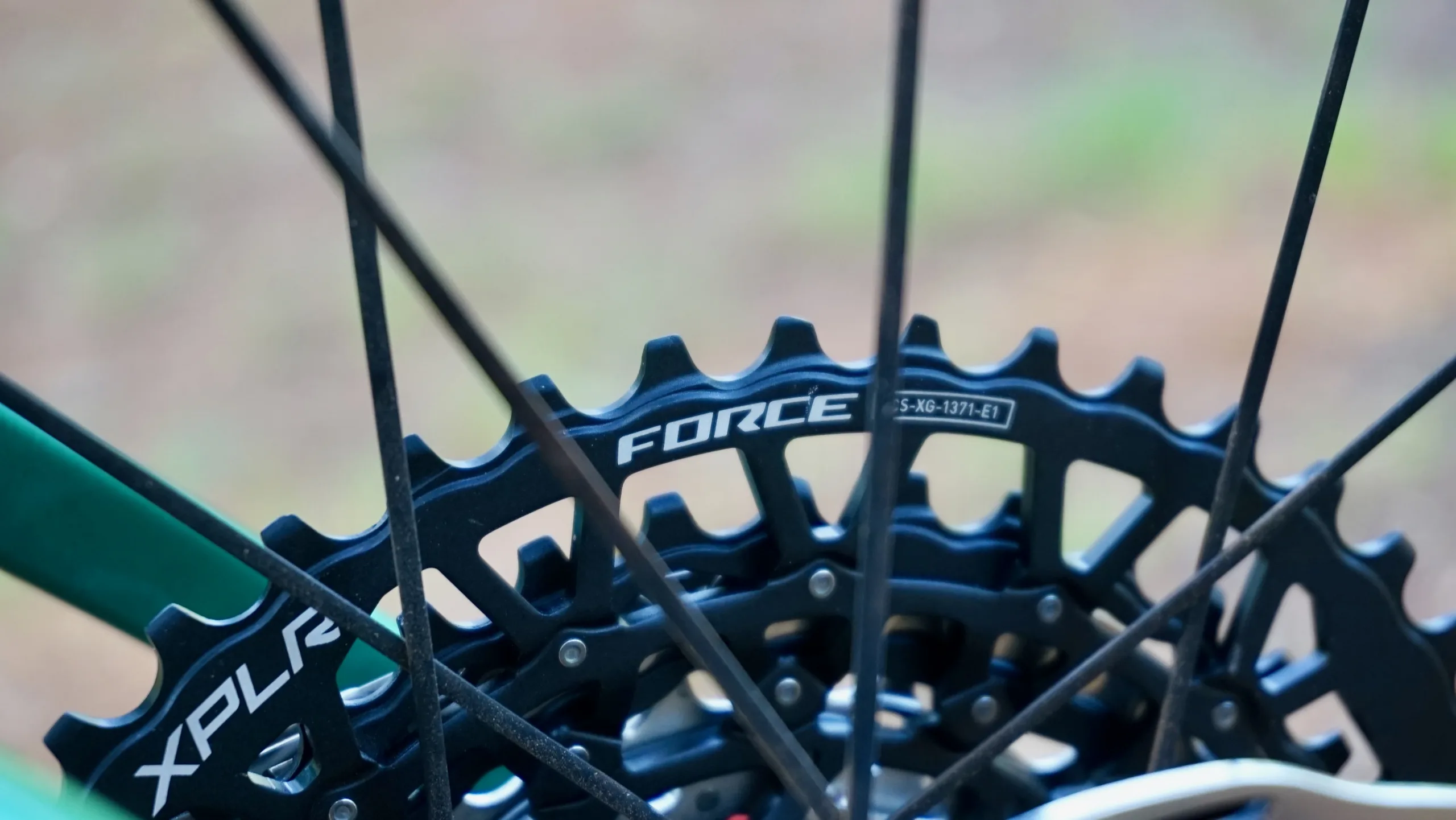
Force AXS XPLR Cassette
Arguably, the centerpiece of the system, the Force XPLR cassette delivers both beauty and brawn. The 460% range covers the spread, with more than enough gearing to climb and feel comfy on the flats. SRAM optimized this cassette to shift under load, making it ideal for e-gravel, adventure riders, and anyone tackling steep pitches.
The progression is intelligently spaced, with tighter gaps on the small cogs for cadence control and wider jumps at the top for bailout gear relief. The higher end is front-loaded for more road prowess, progressing from single-tooth jumps to double-tooth, then triple-tooth, and so on. The largest jumps are from 24-28, 32-38, and 38-46T, but the change in RPM is less of a thought, rather the ability to turn over the pedals on super steep, punchy gravel climbs.
Force AXS XLPR cassette gearing spread: 10, 11, 12, 13, 15, 17, 19, 21, 24, 28, 32, 38, 46T.

Force AXS XPLR Crankset and Power Meter
Unlike the RED XPLR crankset, the Force XPLR crank uses a direct-mount chainring with sizes ranging from 38 to 46T. The power meter is housed in the spindle, as opposed to the spider, like the SRAM RED XPLR. The integrated unit offers IPX7 waterproof protection, with 400+ hours of runtime (compared to 200+ hours on the RED), and also features a replaceable coin cell, packaged in a sleek design.

Non-power users receive the same clean design and Aero chainring options, featuring a broad chain line, ideal for modern gravel builds.
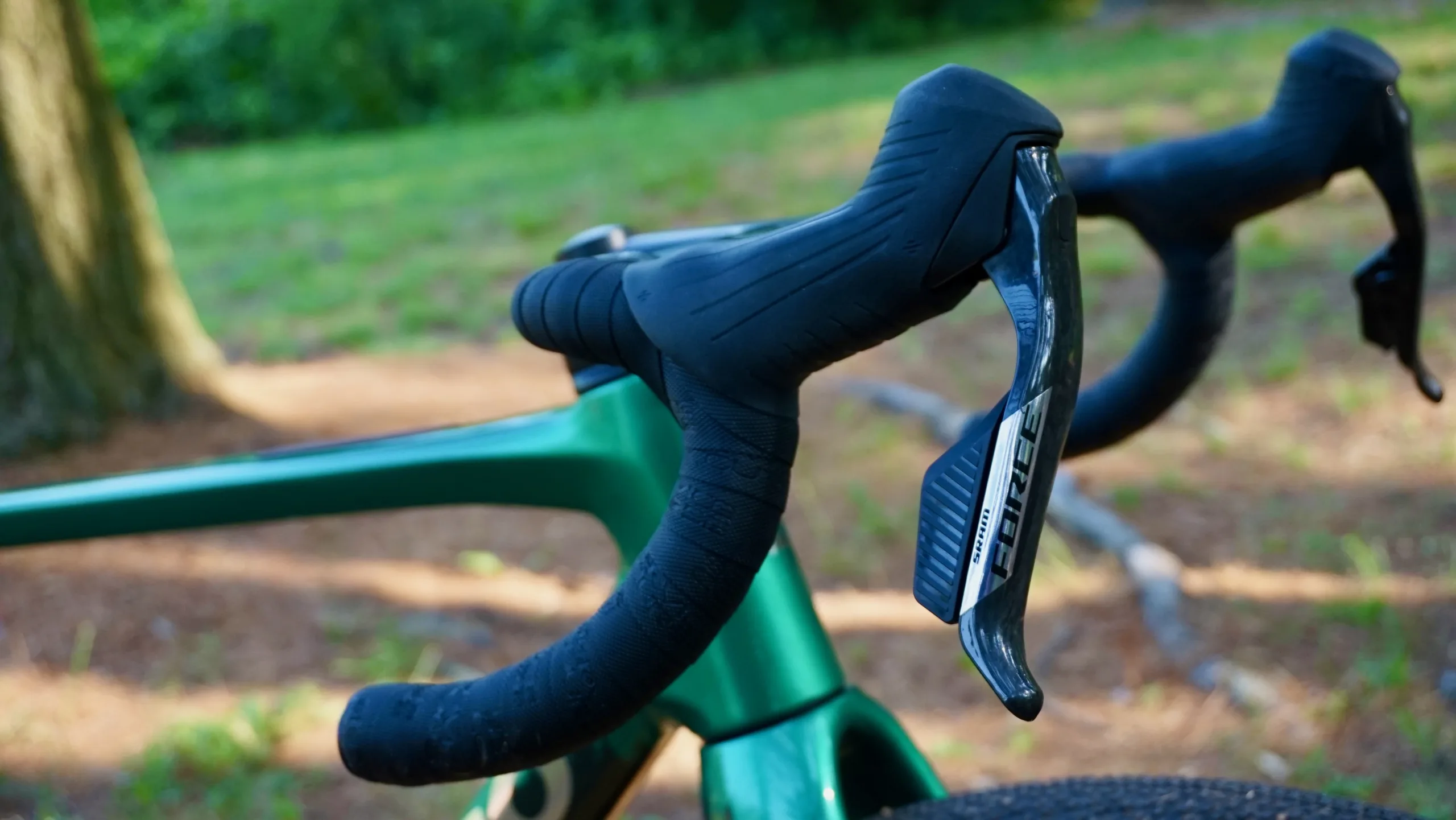
Force AXS XPLR Shifters / Brakes
Force AXS XPLR shifters and brakes mirror their RED counterparts. While the lever now shifts up to 13 cogs, the caliper and ergonomic design remain consistent, offering a significant improvement in modulation, feel, and lever return.
The hoods are shaped for long-ride comfort, one-finger braking is effortless, and tactile Bonus Buttons provide intuitive customization. The hood grip design is slightly different than the RED, but the shape is identical. The same applies to the leveling line on the grip, which helps dial in the perfect hood placement.
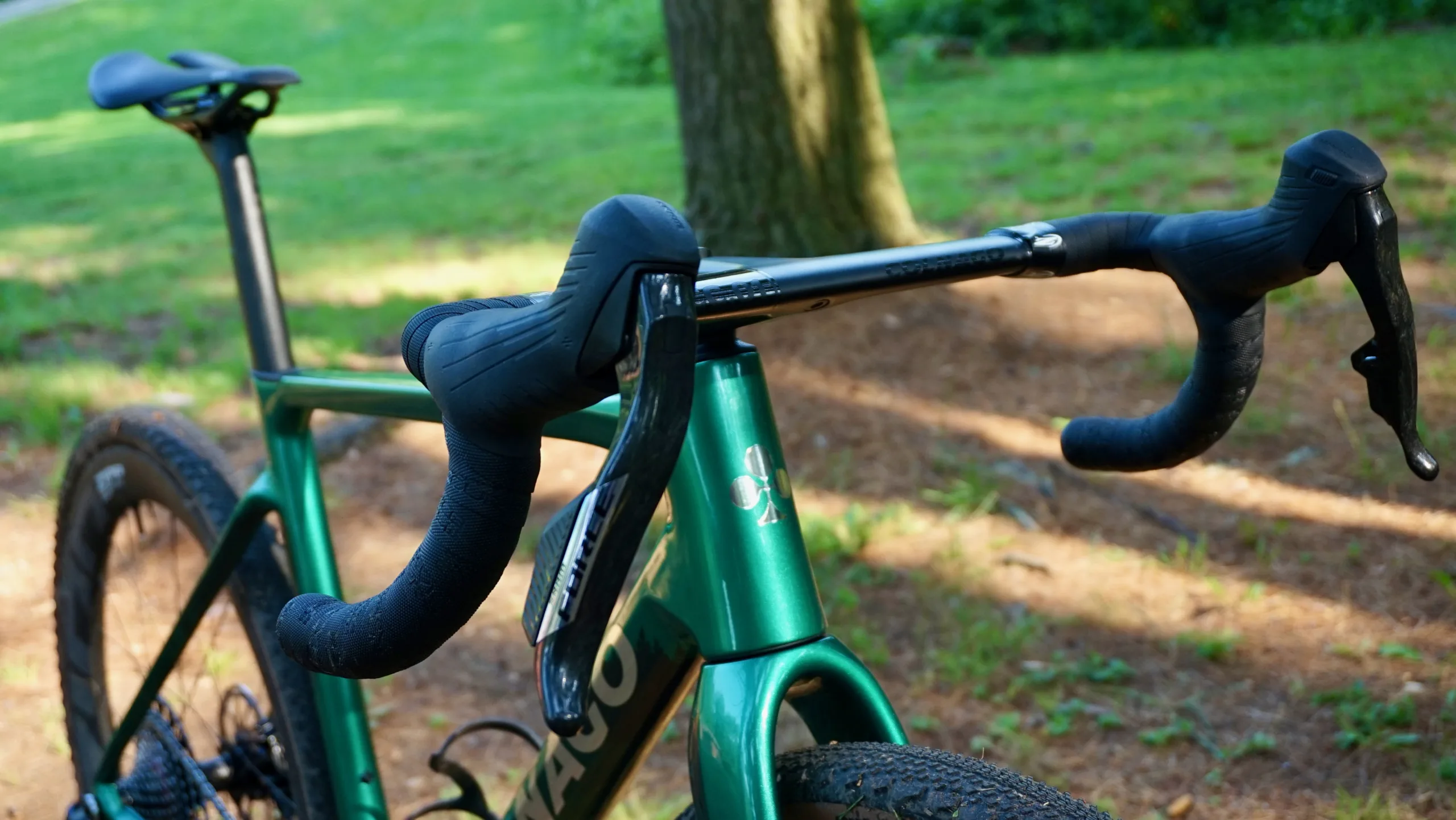
Backward Compatibility? Yes and no. SRAM Force AXS XPLR is compatible with all existing AXS controls and Flattop road chains. However, the 13-speed derailleur and cassette are optimized to work together and aren’t cross-compatible with 12-speed cassettes.

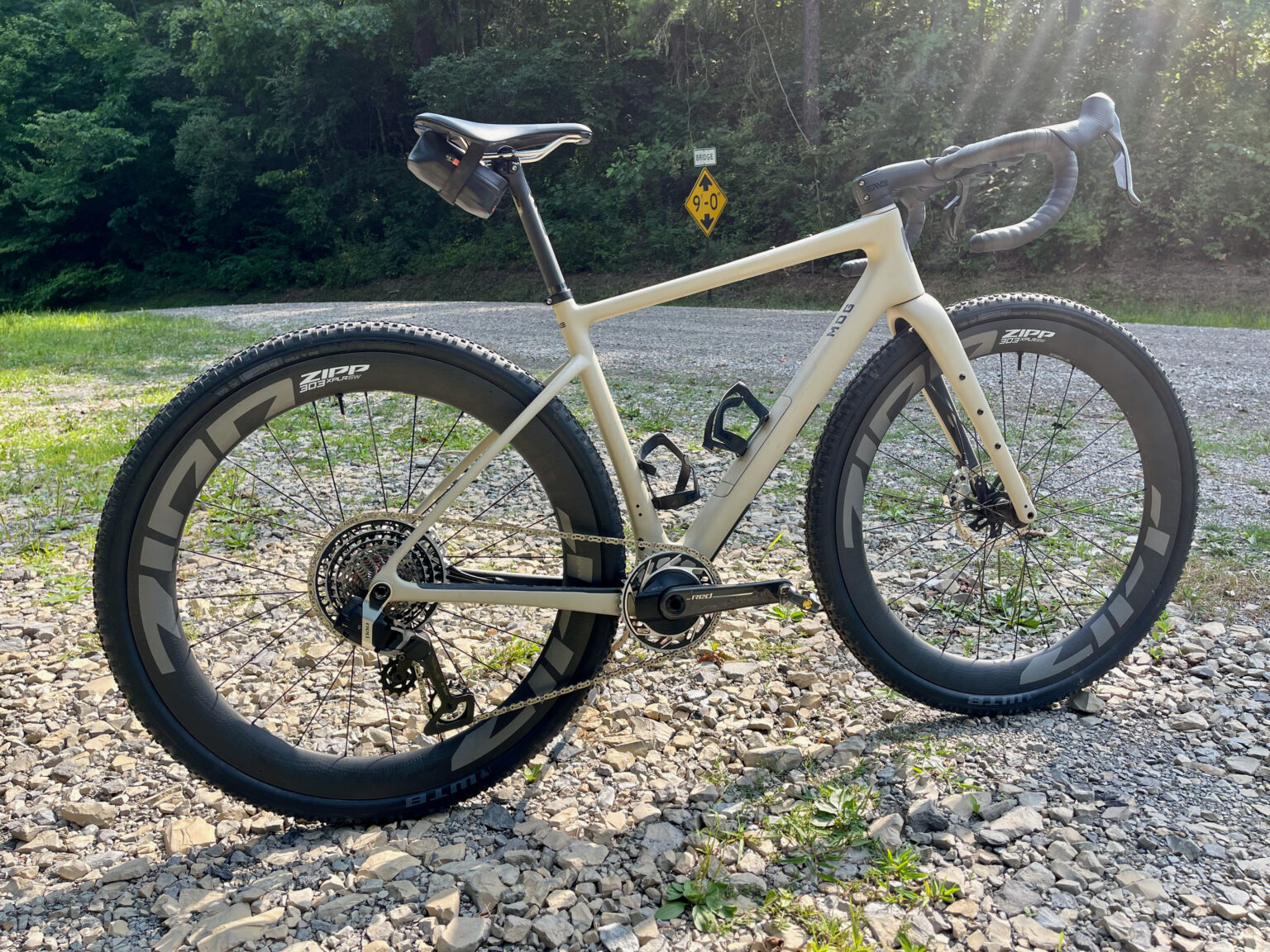
Weight Comparison: SRAM RED XPLR vs Force XPLR
As a product, the most glaring difference in the RED/Force debate is the weight. Here’s precisely where they stand head-to-head on our scales.

- Total System Weight
- SRAM RED XPLR: 2,432g
- SRAM Force AXS XPLR: 2,673g
- Total Difference: +241g

Installation – SRAM Force AXS XPLR
The setup was drama-free, just like SRAM RED XPLR. Using SRAM’s instructions and toolset, the entire build process felt streamlined. I reviewed the SRAM RED XPLR groupset last year, and the SRAM Force is nearly identical in a fantastic way.
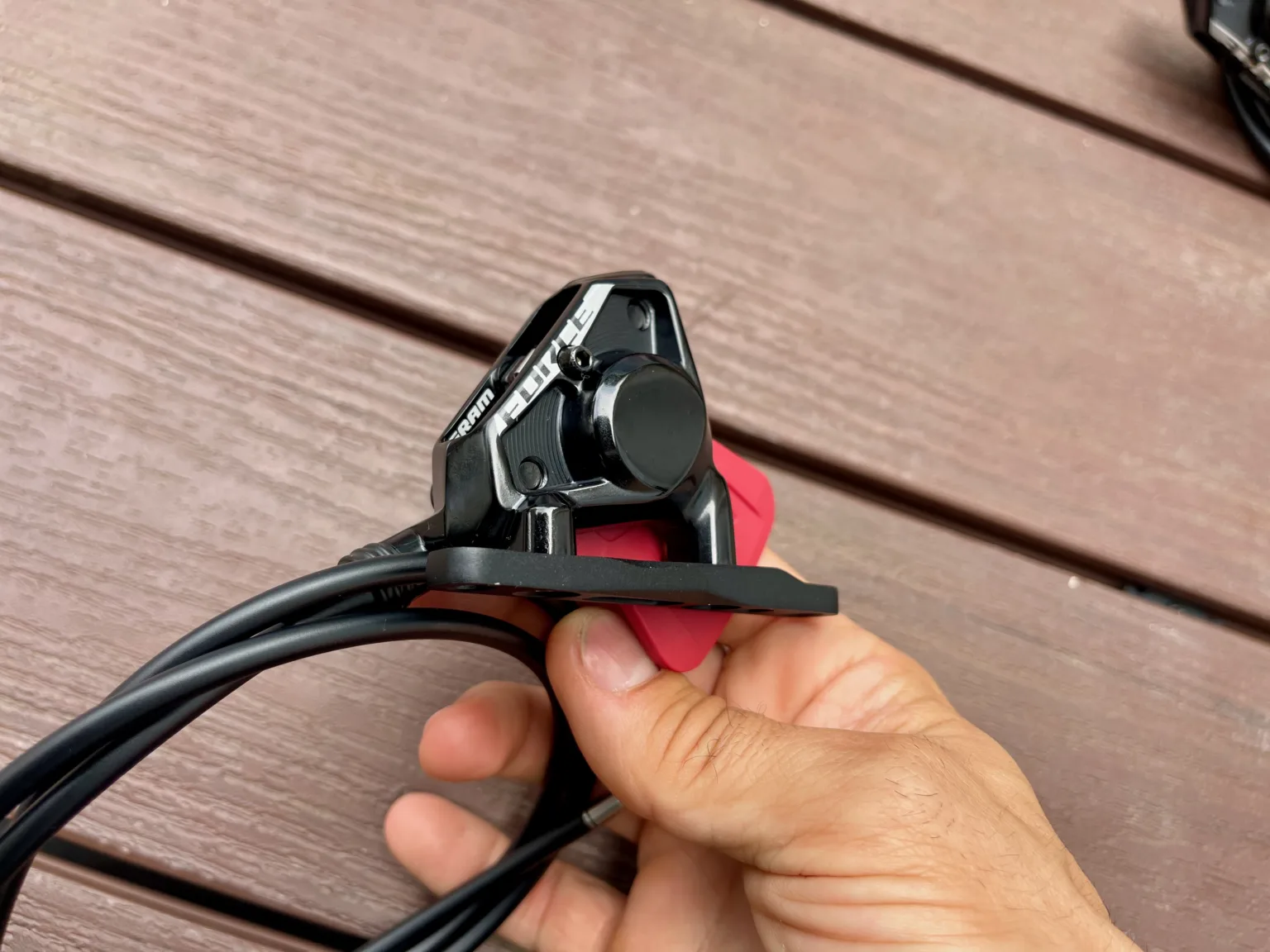
The new Force AXS brakes were quick to bleed, the chain sizing was easy to dial in, and the entire system fell into place without issue. Setup mode follows a similar procedure to SRAM Transmission, and installation cues are clear: set the setup cog with an orange band, align the UDH hanger lines, and tighten to the specified torque.

SRAM Force AXS XPLR – Ride Impressions
If you blindfolded me and asked me to identify the groupset on my shiny Colnago as SRAM RED or Force AXS XPLR, I wouldn’t be able to tell you. It brakes, shifts, and sounds like the RED AXS XPLR groupset, to such an extent that it’s likely to recruit a lot of RED AXS XPLR riders.
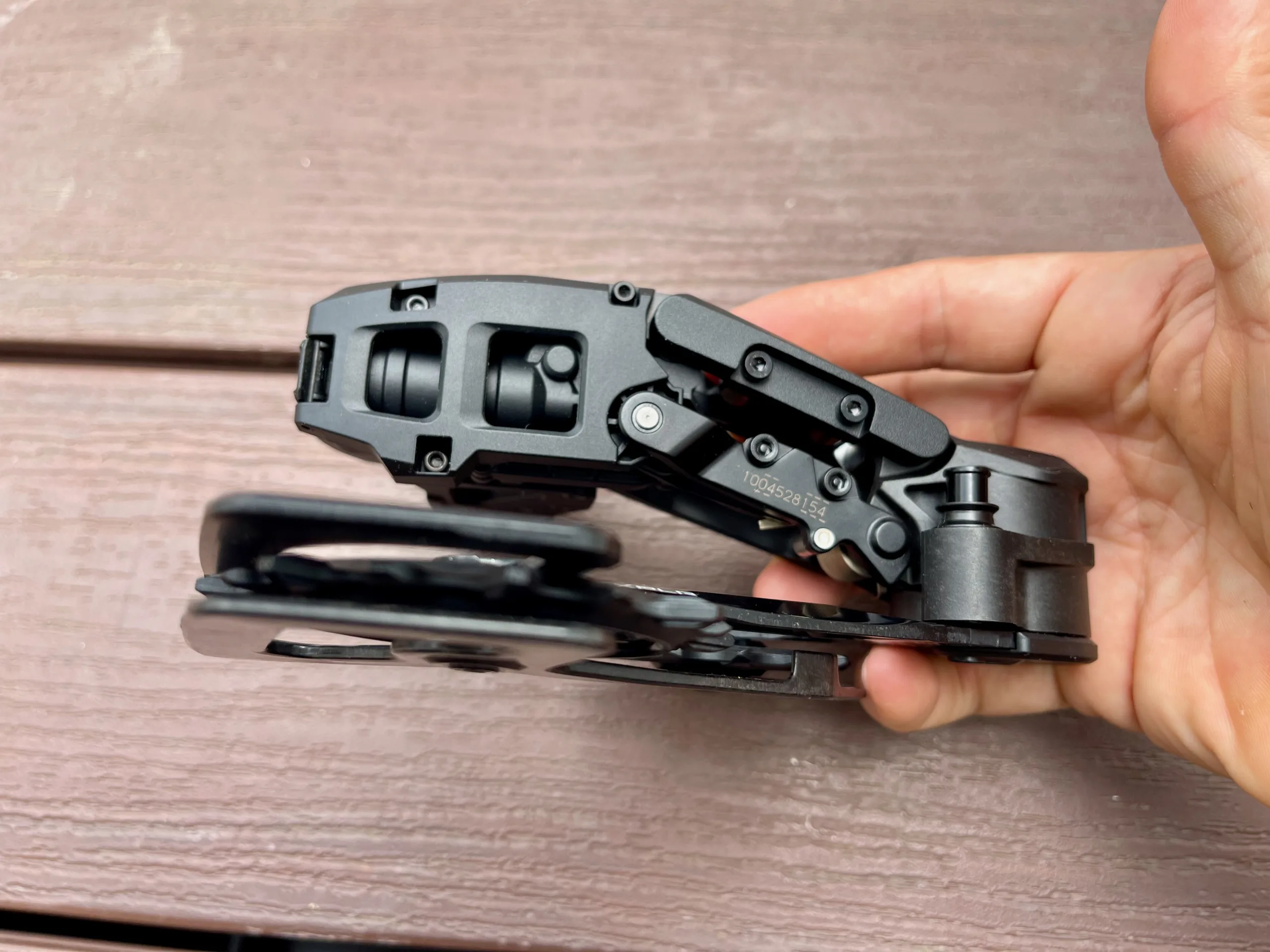
The only advantage I see in the RED XLPR group compared to others is the weight and prestige. Yes, the power meter and thread-on chainring are very lovely, but dollar for dollar, the Force AXS XPLR outshines the RED XPLR hands down.
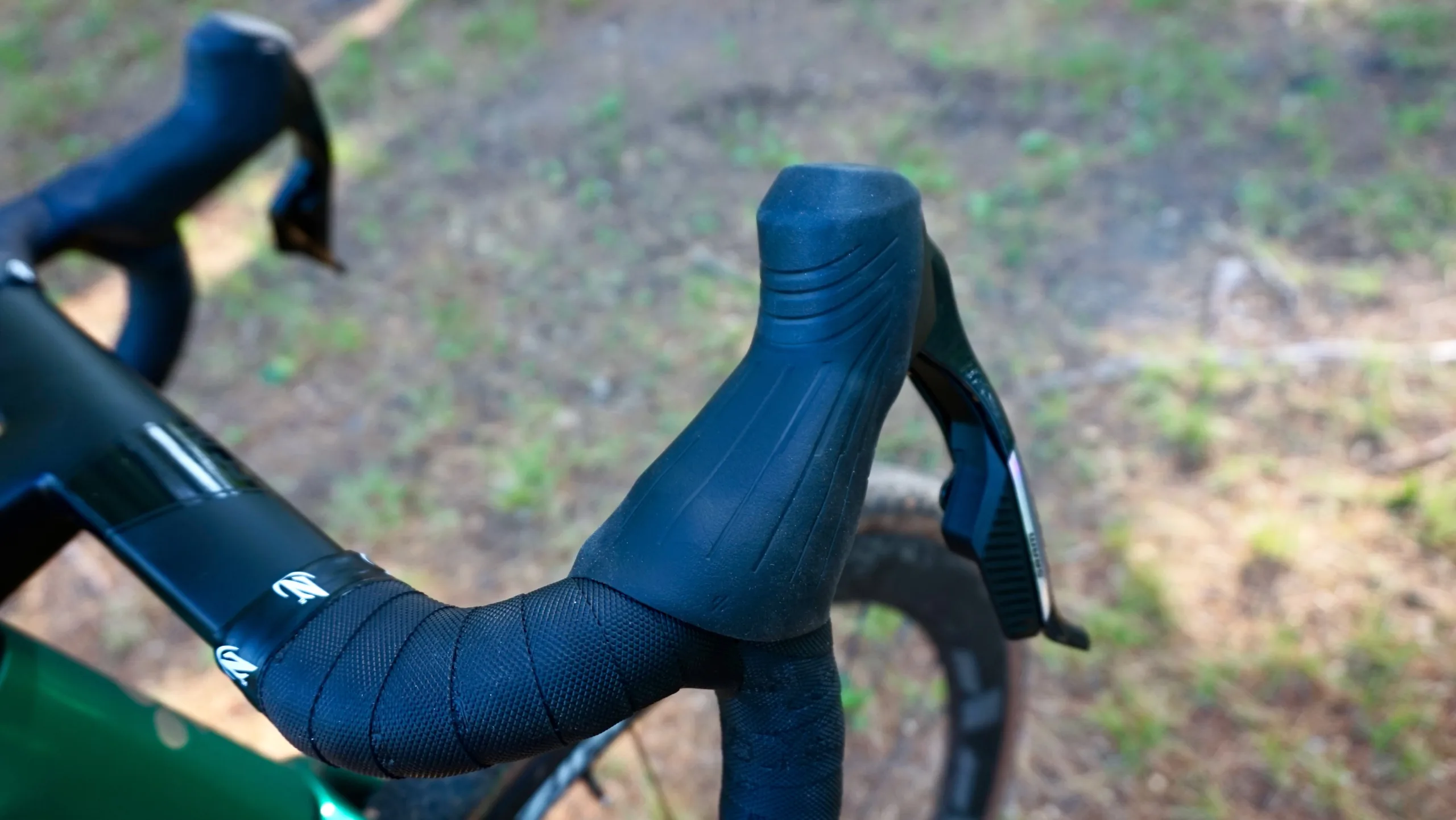
SRAM’s Best Brake Yet
This iteration of SRAM’s road brake lever is the best-performing yet. One-finger power, seamless modulation, and zero fade—even on technical descents. The new lever body melts into your hand, making it a joy to ride on rough terrain. Plus, the extra button is excellent for locked and loaded riding.

Installation, hose cutting, and bleeding are very simple. Now you don’t have to be a SRAM sorcerer to get the brakes to feel world-class. It seems that any ham-fisted mechanic who’s not great at brake bleeding (quietly raises hand) can easily achieve a great lever feel out of the box.
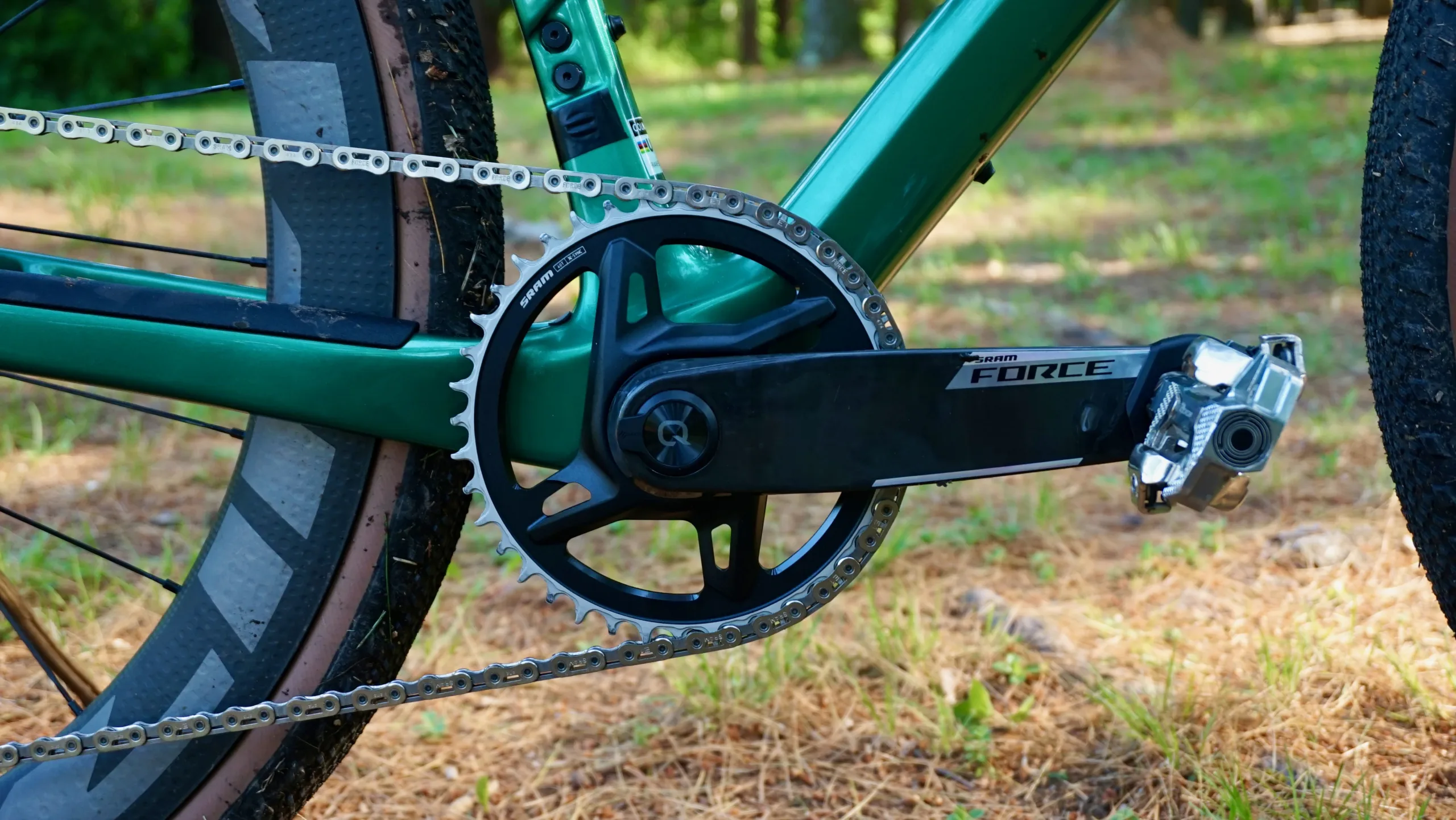
No Dropped Chains
I experienced zero dropped chains during testing, even while pushing hard and trying to drop the chain. I even shifted and backpedaled many times, still no drop. The tight and stiff cage design keeps things quiet, while the wide chain line crankset provides clean (and quiet) power transfer.

Seemingly, the only way you’re dropping a chain is if you bash the chainring on a log over, a large rock, or show off to your friends. Mess with the teeth on the crankset, and you’re going to have some issues. However, the flat top chain protects the ring very well, and I’ve had some log-hopping incidents that’ve pushed the case.

Shifting under load is a standout feature, much like the Transmission rear derailleur and the RED XLPR groupset. From rolling gravel climbs to all-out attacks, Force AXS XPLR delivers relatively fast, silent shifts that keep up with the effort. Cadence fine-tuning is easy on the tighter front end of the cassette, and the 46T cog saves your legs when things go vertical.

Lasting Impressions
SRAM Force AXS XPLR brings top-tier gravel performance to the Force level with little compromise. It’s still a premium offering, but trickle-down tech from RED means you’re getting pro-level function without the top-tier price. I haven’t ridden the SRAM Rival XLPR groupset, but if it offers the same performance as RED/Force with some extra weight, I’d be just as happy riding or racing that groupset as well.

Performance-wise, the shifting is crisp, braking is buttery smooth, and the whole package installs easily. It operates and feels identical to the RED XLPR groupset. We’ll continue testing through additional mileage and race days, but unless this groupset randomly bursts into flames on a ride, we’re pretty much sold on its performance.
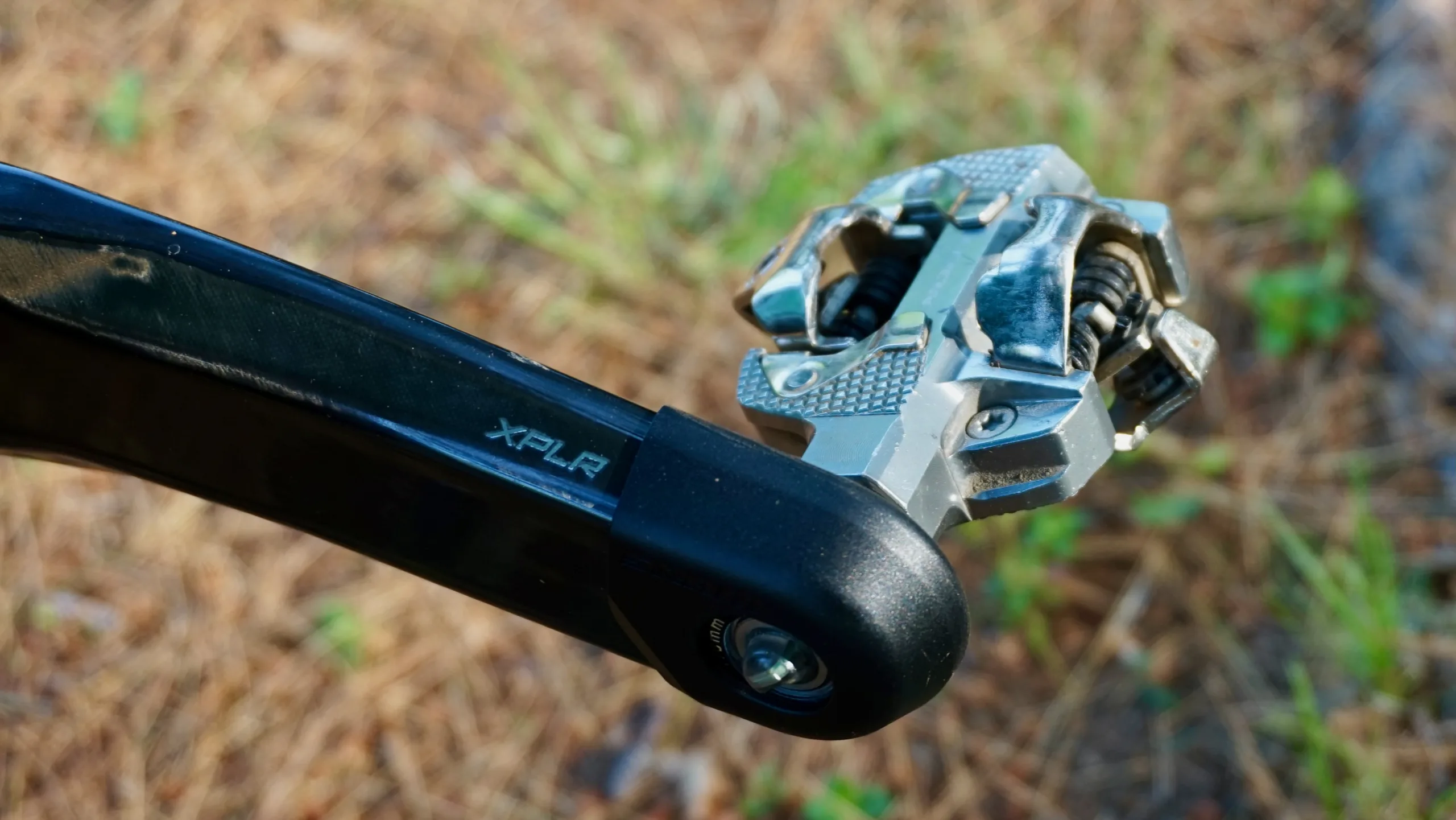
Good on SRAM for offering an excellent-performing groupset, and not “dumbing it down” to showcase the premium offerings of the higher-end tier. The SRAM Force AXS XPLR is going to outshine RED, but in the best way possible. Look for a full review later in the summer.
